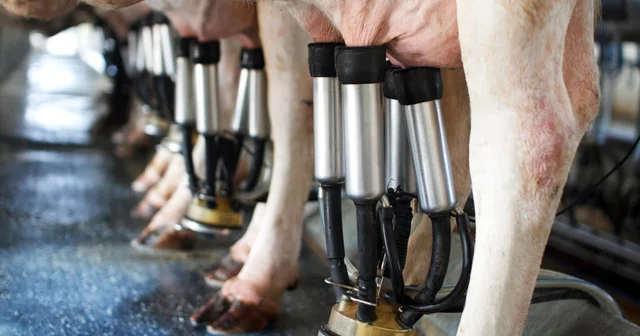Since March, when the first cases of H5N1 bird flu started popping up in dairy cattle in Texas, the Food and Drug Administration has been urging farmers to get rid of any milk from infected animals. At first, it seemed easy to spot tainted milk because cows with H5N1 tended to produce thick, yellowish milk.
But lately, studies have discovered genetic traces of H5N1 in a lot of commercial milk products. They’ve also found significant amounts of the avian influenza virus in wastewater in Texas, especially in areas with dairy processing plants. Now, just because they’ve found these viral bits doesn’t mean H5N1 is active or can make people sick. So far, everything points to pasteurization being able to kill off H5N1 in milk, but the FDA is still looking into it.
That’s a huge relief, but it does raise a big question: How is so much virus ending up in the national milk supply from these affected farms? The most likely and most worrying explanation is that visibly sick cows—ones with odd milk and flu-like symptoms—are just the start of the outbreak.















































